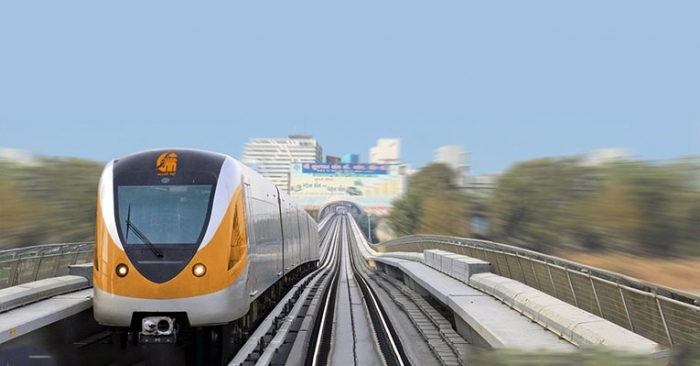Centre sanctions Rs 12k cr for two corridors of Surat metro project
Mar 12, 2019: According to an official statement, the Centre stated that it has approved two corridors of the Surat Metro project, which will be executed at an estimated cost of around Rs 12,000 crore. The ministry of housing and urban affairs said that the project will be implemented by the Gujarat Metro Rail Corporation (GMRC)

Mar 12, 2019: According to an official statement, the Centre stated that it has approved two corridors of the Surat Metro project, which will be executed at an estimated cost of around Rs 12,000 crore. The ministry of housing and urban affairs said that the project will be implemented by the Gujarat Metro Rail Corporation (GMRC) and completed in five years.
The project will be financed mainly through equity from the Centre and state government on 50:50 basis and loan from bilateral and multilateral agencies.
The length of the first corridor Sarthana to Dream City line will be 21.61 km of which 6.47 km would be underground and the rest elevated. It will have 20 metro stations viz. Sarthana, Nature park, Kapodra, Labheshwar chowk area, Central Warehouse, Surat Railway station, Maskati hospital, Gandhi Baug, Majura Gate, Roopali Canal, and Dream City.
Similarly, the Bhesan to Saroli metro corridor, with a proposed length of 18.74 kilometres, would be completely elevated with 18 stations - Bhesan, Ugat Vaarigruh, Palanpur road, LP Savani School, Adajan Gam, Aquarium, Majuragate, Kamela Darwaza, Magob and Saroli.
The ministry said the Dream city and Bhesan depots will fulfill the maintenance requirements of the Surat metro rail project.
The statement said proposed corridors will be having multi-modal integration and will have feeder network of bus, intermediate public transport (IPT) and non-motorised transport.



